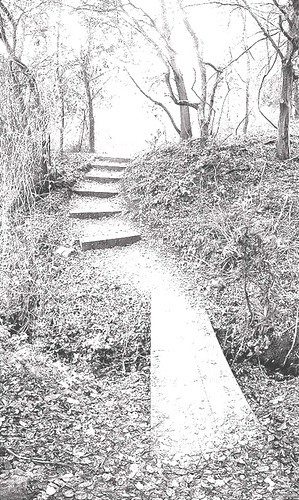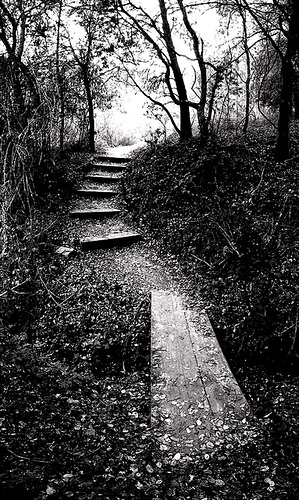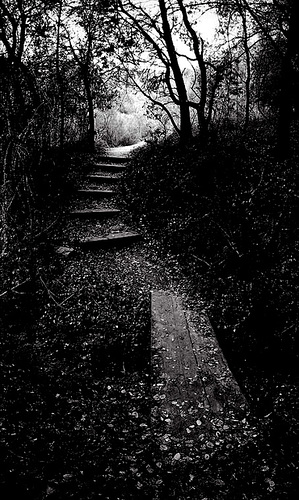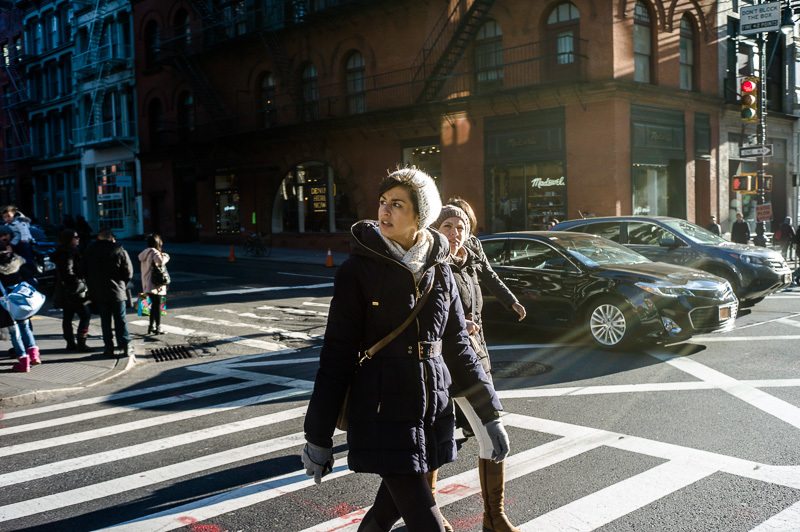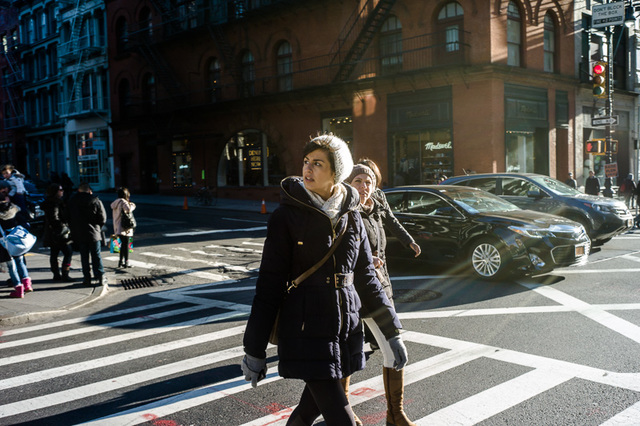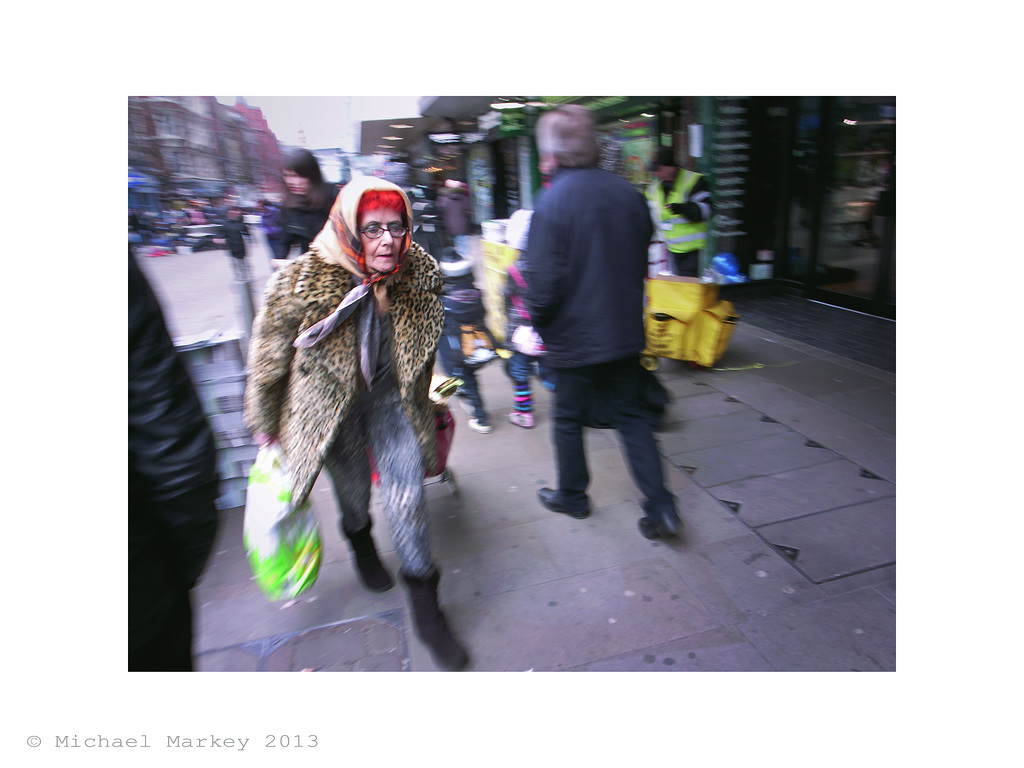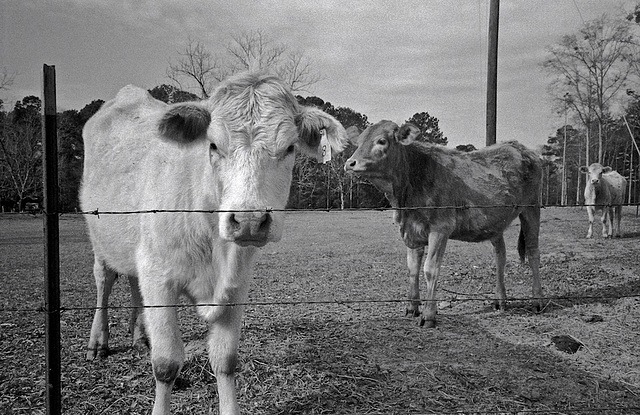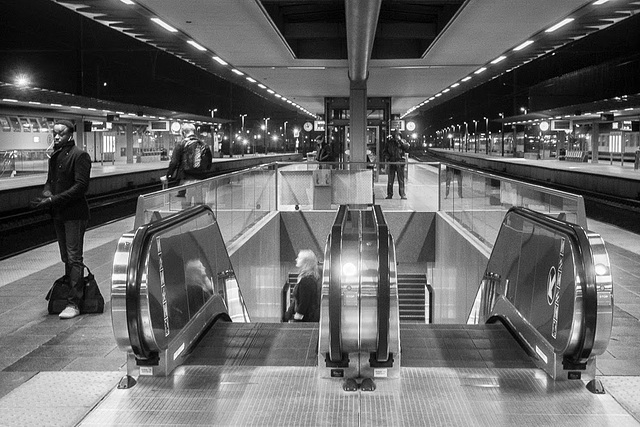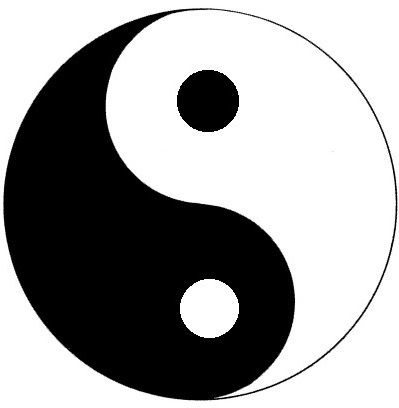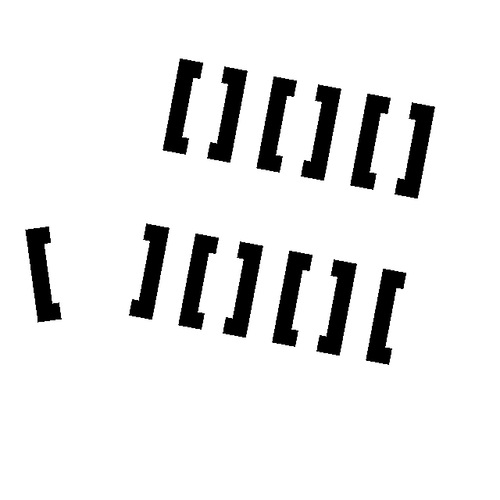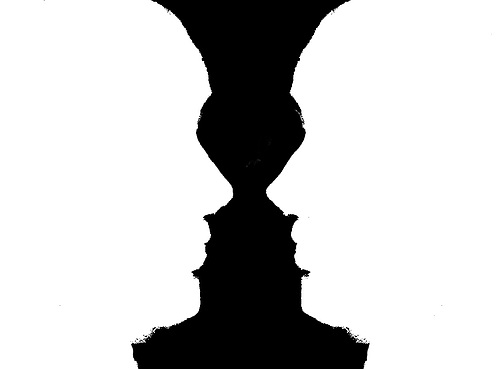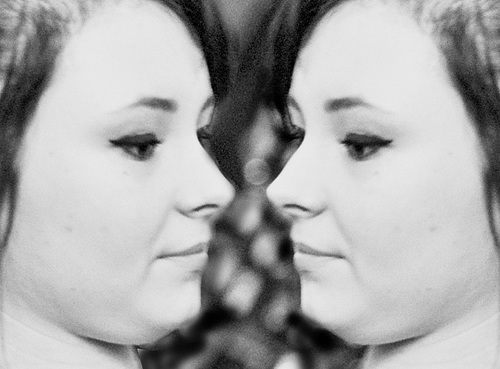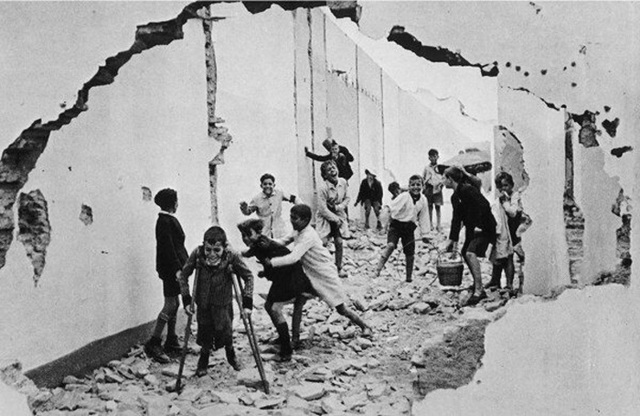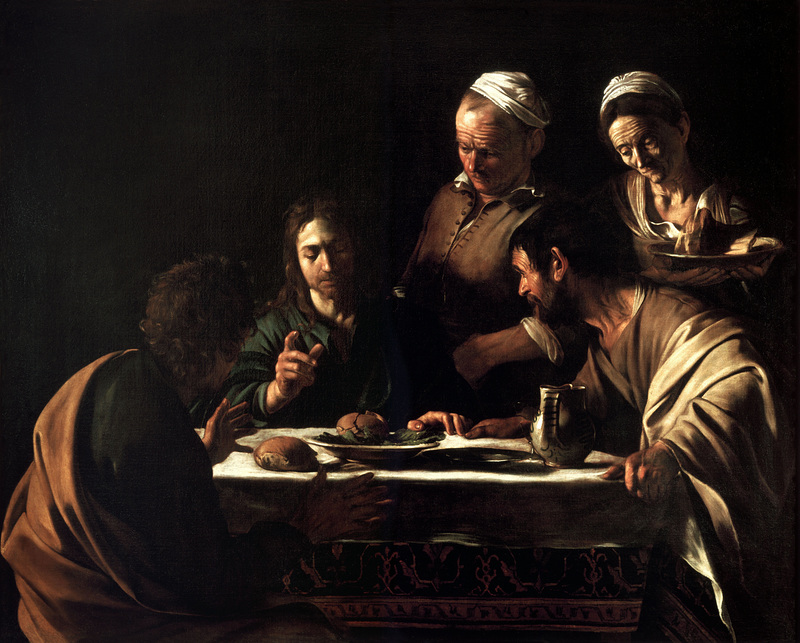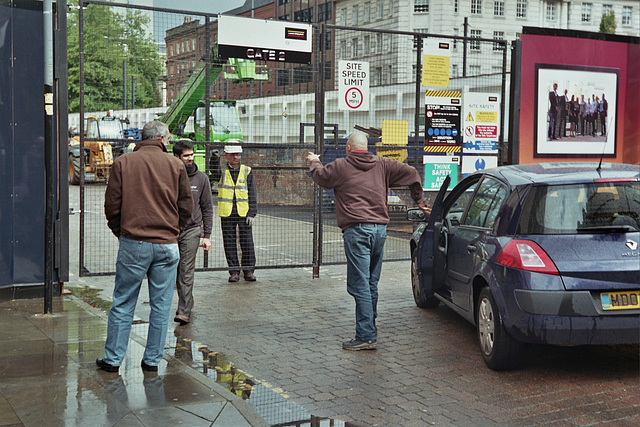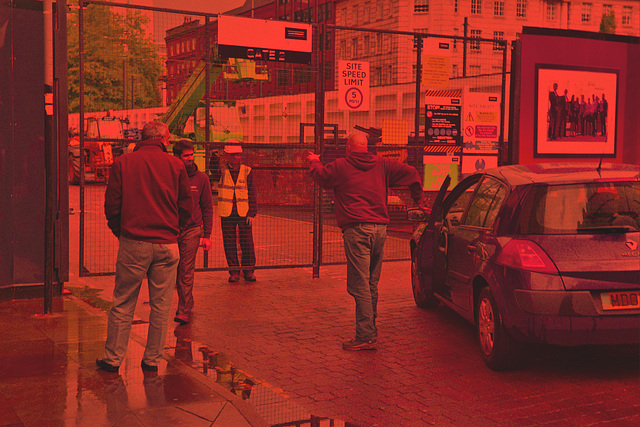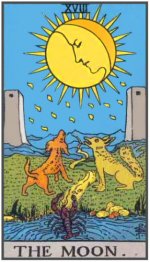Sparrow
Veteran
... ...
I thought it would be easier to read if I pulled what copy I had in this more succinct version ... the original thread is here if anyone needs to see it...
-----------------
Looking at Pictures the Psychology of Images ... or putting the Horse before Descartes
-------------------------------------------------------------------------------------------------------------------------
... yes I know, but I'm not twisting your arm up your back ... you don't have take any notice, and even if you do, you don't have agree with me
Composition ... would you say has component parts? ... simple enough concept I'd have thought, and it would follow that if the artist understood those parts, and understood how to put them together he could communicate his vision more accurately to his audience? ... well if he chose to use them in that way ... and, of course, if he can see what those parts are in the first place ... in any event why would any artist not be interested in learning them?
If you don't see that then you'll probably not need to read the rest of this ... as I intend giving a guide to some practical ways of analysing art and design ... and some tricks of the trade that makes it easier to see.
I realise photography doesn't lend itself to Composition like many other arts do, and that encourages the 'no rules' and 'rules are to be broken' folk to involvement ...
First off ... Line, viewpoint or mind's eye ... I've always know it as just line and my daughter who is modern, and looks likely to get a better degree than I did, now uses eye-line so I'll go with that ... so
Eye-Line ... is the way ones eyes naturally explore a picture when the viewer is relaxed and isn't concentrating on other aspects of the image. This oddly is the basis of nearly all composition, eyes, brain and mind almost unconsciously do this all the time without their owner knowing the reason they like some things and not others
... it can follow lines the outline of shapes and may be delineated by colour, tone or contrast. Keith commented his eye found the knotted string in this photo courtesy of Bingley and I can see how and why.

next ... How to make stuff easier to see ...
------------------------------------
... the trick is learning how to relax the facial muscles around the eyes, clear the conscious mind and just allow ones eyes to find their own way around the picture without even thinking about it. Once you get the hang of it its dead easy ... almost closing your eyelids as if looking into the sun can help to blur and abstract the image too.
You can get this sort of effect, blurred and with more contrast ...

https://farm9.staticflickr.com/8664/16559350409_719beae927_c.jpg
... often this is enough of an abstraction of original image to remove all the distracting bits'n bobs and any story (narrative) that get in the way seeing the Elements of the image ... you will have seen artists tipping their head on one side, turning images upside-down or viewing them negative, closeup or from a distance? ... all we are trying to do in doing that, is to remove some of the reality so we can actually see at the elementary parts of the image ... of course back in my art college days it was much easier, we just got drunk or took a creativity-pill ... but that was 1968
... either way by the time one is looking at this any semblance of reality is pretty much gone ...

https://farm9.staticflickr.com/8656/16123147884_90954b9d7b_c.jpg
... now we can see at least something of the fundamentals, and it's easy to work out that those repeating rectangular windows dominate the photo, the composition is almost wholly created by contrast and shape, and while the girl is visible she clearly is not going to be the centre of attention, the subject, the whole emphasis is elsewhere.
You can also see that the curve of the chair-back and the lines formed by the straps and that knotted string are still working to retain the eyes' attention around that area ... something Keith noticed in the 'brutally' thread.
next ... The Elements of Composition ...
------------------
... I was convinced there were six when I was at college, but luckily I avoided looking any more of a fool than I normally do by checking the interweb ... and it seems new elements have been added like so many umami flavoured higss-bosons since I last looked ... nine in one list I found
Anyway ... I intend persisting with just the six I know about, and where I can I'll use the photographic terms not the arty ones, those six being;
Line ... straight curved matriculated, any linear element however formed that the eye can follow
Shape ... a line that joins up with itself
Depth ... a shape with a perceived three dimensional form
Contrast ... any of the above which is visible due to being a different value or tone
Texture ... the surface finish of any of the above
Colour ... the colour of any of the above
This is sort of the vocabulary of images, the building blocks to which we have to play with.
Obviously, each Element can be formed in an almost unlimited number of ways, but the human-mind tends to find some ways more attractive than others. The convention is to call these attractive ways Design Principles or Rules ... but it much easier to think of them as just 'things arranged nicely' ... Things (the Elements) and Nicely (the Principles)
next ... Design Principles or Rules of Composition
----------------
... although I should probably address the ... 'we don't need no stinking rules ... there are no rules and ... and, rules are there to be broken anyway' brigade so here we go ...
1) 'We don't need no stinking rules' ... yes, you are correct, but you failed to grasp the meaning of the third paragraph of my first post.
2) 'There are no rules' well, sorry but there are and denial does not constitute evidential proof come back with a cogent argument ... or bugger off
3) 'Rules are there to be broken' yes, very true even today ... but! after one knows the rules involved and why one is breaking them. Not because you can't be bothered to educate yourself and just trot out something smart someone else said and you chanced upon somewhere on the internet.
If you stick with the design principles you will end up with a nice picture, harmonious and coherent ... the reason we break the rules is to introduce something offensive, dissonant or disordered into the image intentionally ... if we choose to make an image dissonant it isn't forced on us by ignorance, we control the medium it's no longer simply chance.
anyway, next ... Design Principles or Rules of Composition
--------------------
... there are lots of these, first off the so called Gestalt principles (Berlin School of Experimental Psychology) it was part of those 'new' arts that erupted at the end of the 19th century and continued until the Second War ... I work with these Modernist principles most of the time, these and the phycology that goes with them has experimental proofs to back them so this bit is more than just my opinion ... it's the phycology of our perception of form, or how we see nice stuff, we all do it and this just explains why. The word Gestalt simply means shape or form,
Gestalt Principles or Gestalt Psychology:
Proximity ... we see objects close to each other as nice ... we like repeating patterns and we enjoy finding them even in random images and when we find them we treat them as a group.
Similarity ... we tend to think that similar things are a group ... we like uniformity, just think of tiled floors, venetian blinds or even brick walls, how often do stuff like that feature in photos you like?
Closure ... when looking at the stars we tend to enjoy joining the dots and we tend to perceive the whole when we only see a part ... simple as that, we find order in chaos given half a chance you only need to see a fraction of a curve for ones' mind to perceive the whole circle
Symmetry ... we like symmetry and are attracted to the focus point of that symmetry, next time you make a sandwich try cutting it slightly it off centre and at a slight angle ... and see how wrong it looks
Ground-Figure ... those tricks drawings that look like a woman's face or a man playing a saxophone, clever but not that useful to photographers. (you'll find the term Pragnanz used by some, pretentious enough to be the next Bokeh eh?)
... they've possibly added a few over the years so you can might find others on the net ... and personally I'd dismiss that last one as stating the obvious
... the truth is ... when your first impression of a photo is positive, or when you instinctively see it as 'good' more than likely it is because one or other Gestalt principles is to be found working within it. When you look at photos you admire, you'll find it is likely to adhere to one or more Gestalt principles, and being able to analyse a photograph can help in planning and taking other photos somewhat, but more importantly it gives us the ability to communicate with each other about them ...
next ... Classical Principles:
------------------------
... Classical design principals, not to be confused with the Classical Order, which is a well defined order of architectural types. Sometimes classical design seems to be a whatever people decide to pull out of the bran-tub ... so I'm not suggesting this list is comprehensive.
Shape and Proportion; including Pi, the golden ratio and the so called rule of thirds and the like
Geometry; regular forms and I suppose Pi, the golden ratio again
Balance; positioning orientation and harmony in the elements
Field of View; the area within the image that holds your attention
Negative Space; the area that isn't Field of View
Eye-Line; how the viewer's eye finds it's way round the image
Contrast; or value, the difference between the light and dark bits
Repetition and Rhythm; repeats, patterns and rhythms
Illumination; lighting
Form; modelling, shading and like
Colour; the colours and their combination
Perspective; I've never been sure if perspective belongs here, but it has to go somewhere
... you could probably think of many more, almost anythings that anyone finds attractive is fair game I think, and why I use the other lot ... it is too easy to pick something to support the case for anything one fancies.
Anyone who has gone to a critique night at camera club or watched many of the videos modern 'masters' post on the interweb pick anything to criticise an image as long as it doesn't apply to their work (more of this later).
next ... finding Proximity
-------------------------
Groups of individual items in close proximity our mind treats both as what it is, individual items ... and as a single whole object. Not only that but the mind seems to enjoy finding them, as though the mind was rewarding itself for being clever, it will go on to trace their outlines and invariably see them as having a common purpose ...
... this sort of thing

il-29a par Sparrow ... Stewart Mcbride, on ipernity
While they are clearly just a few black rectangles on a white ground we all see them as a single sloping plane that have length, width and because of the distortion depth too. (Personally my mind is trying to straighten the vertical axis to make it a building's windows or rows of shelving) In any event we like groups and make all sorts of assumption about them, imagine designing a rug like this ...

il-30a par Sparrow ... Stewart Mcbride, on ipernity
... I'd be checking my third-party cover was in place before marketing that baby
Now to photos, among the other things going on in this just notice how your eye is arrested by those steps as it follows the natural line through the photo, the composition follows the line the path but it is that group of rectangles that's the interesting bit ...
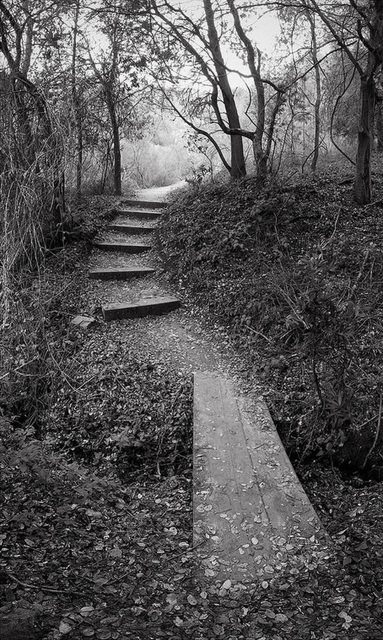
16471422829 4d23ec4c56 c par Photo ... Dirk, on ipernity
... again you may see it better like this ...
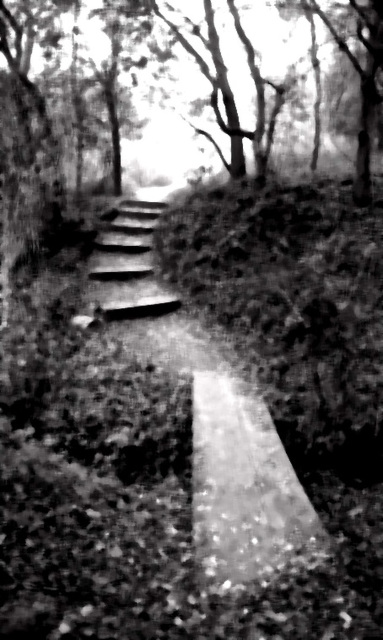
16471422829 4d23ec4c56 cA par Photo ... Dirk, on ipernity
... it's all about the repeating steps with that similar rectangle in the bottom right echoing them and stoping the eye dropping off the bottom of the photo. Again in this photo of mine, the photo is of no merit except for those rows and columns formed by the windows and the repeating rectangles in the road markings yet it gets more attention than the subject deserves

In effect when I'm out and about patterns and like objects are a couple of the things I'm alert to, however they do attract the viewers attention and as always things are lurking in negative space to catch us out ...
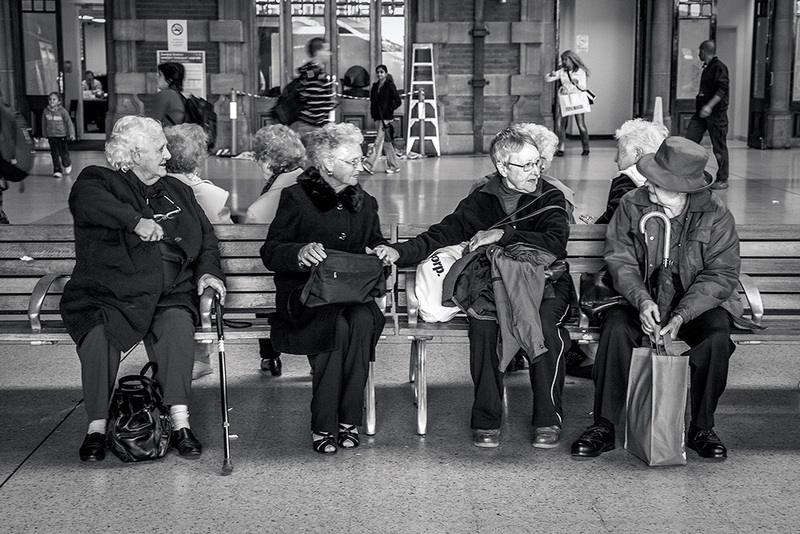
16634247766 02cc4165c4 o par Photo ... Lynnb, on ipernity
... the high contrast isn't helping to distract from the patterns those step-laders have ... they're hardly noticeable at first but if you relax and just gaze at it, it distracts from the good bits of the photo
If you look through Henri, Chim or Capa's work you'll see it all the time, I've always tried not to look at study other photographers but they crop up all the time ... this one keeps getting credited to Henri, I'm not sure, it really doesn't fit in with his work at the time ... but whoever took it broke the rule either by accident or design ... the scatter of this pattern is the reverse it's a lack of pattern but it's dissonant not wrong

... if that was the artists intention
next ... Similarity
----------------


